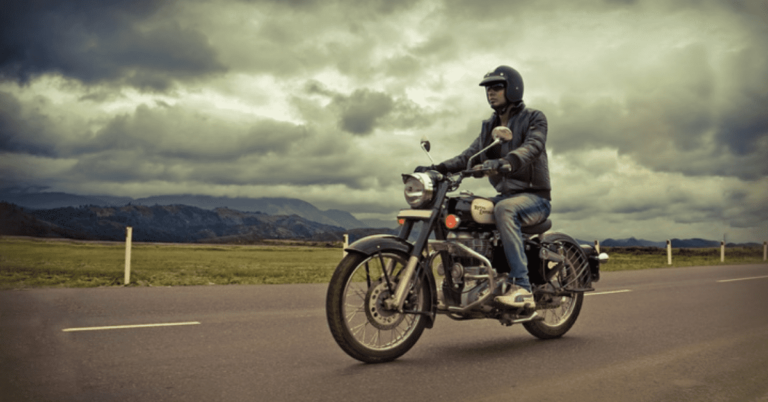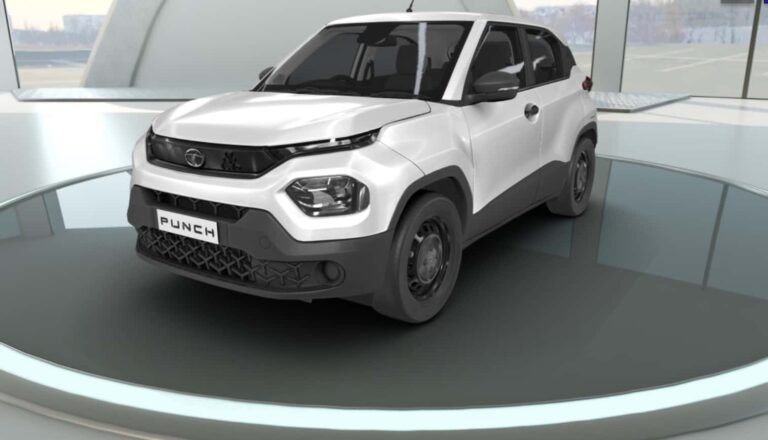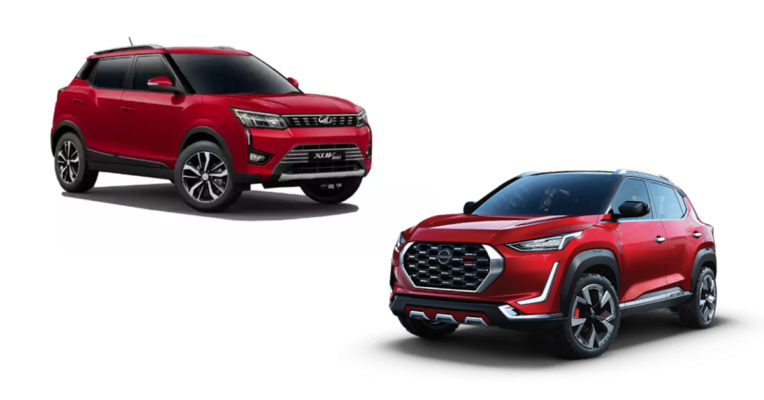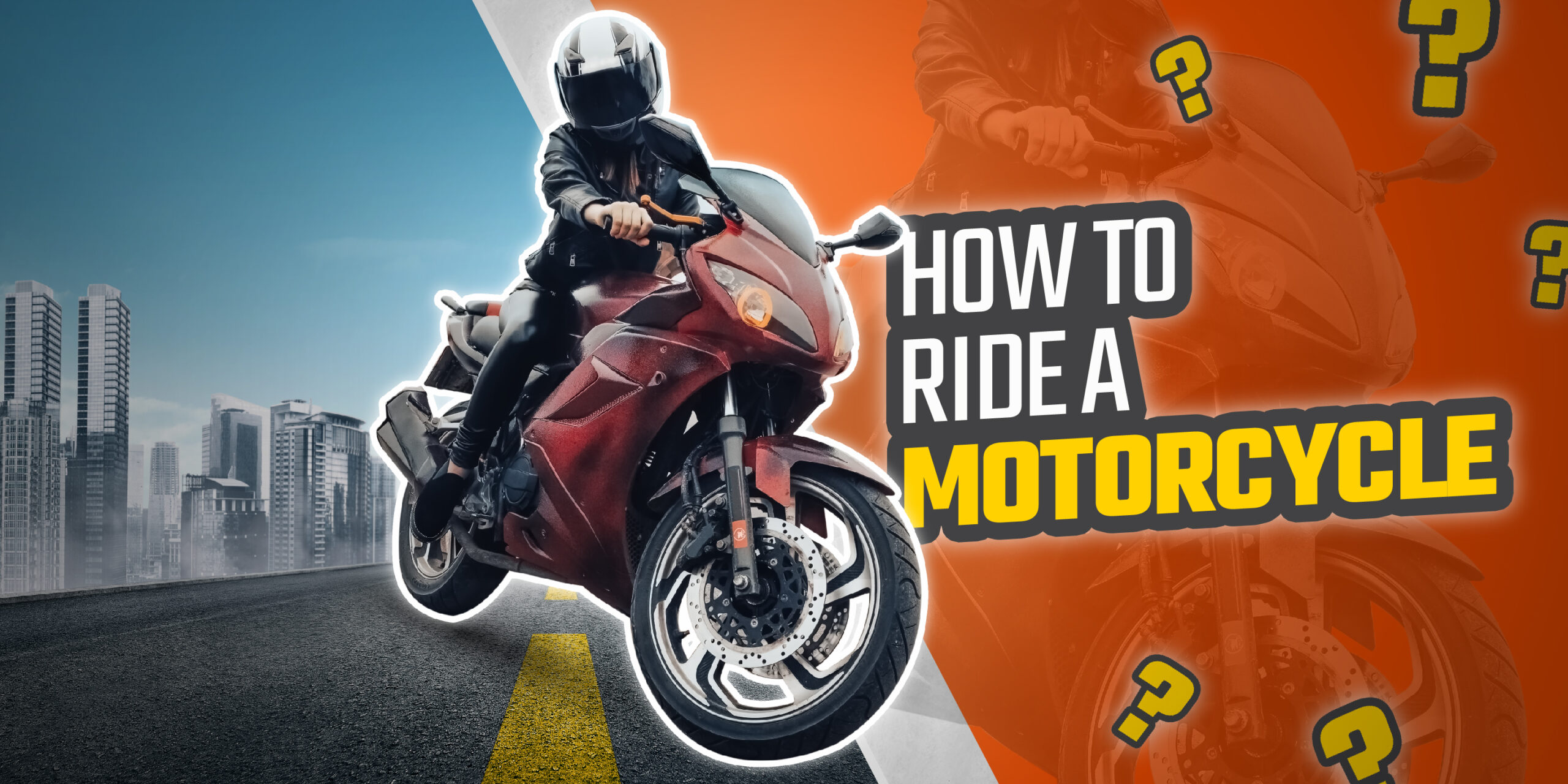
Learning how to ride a motorcycle is an exhilarating journey, but for beginners with no prior experience, it can be a daunting task. However, with the right approach and a commitment to safety, it becomes an achievable and rewarding endeavour. This blog will provide you with comprehensive step-by-step instructions on how to ride a motorcycle so that you can confidently take to the road on two wheels.
Preparing for the Ride: How to Ride a Motorcycle With Safety First
Before you kick-start your riding expeditions, gear up with the right accessories and safety equipment to protect yourself on the road. Also, familiarise yourself with the motorcycle and riding controls to ensure that it is in good condition for a smooth ride.
Understanding Your Motorcycle
Choose a bike or scooter that suits your abilities as a beginner. A lightweight two-wheeler is ideal for learning but you could opt for a cruiser or adventure motorcycle if it aligns with your riding goals.
Get essential Safety Gear
First on your life of safety accessories is a helmet, rider’s jacket, boots and gloves. This equipment should fit properly and meet safety standards to ensure maximum protection during your rides.
Conduct a Pre-Ride Inspection
Before you embark upon how to learn to ride a motorcycle by yourself, you should master the art of inspecting your motorcycle. Check tires, headlights, brake lights, oil level, chassis, seat and stand to ensure they are all in proper working condition. This will minimise the risk of breakdowns for a safe and enjoyable ride.
It’s a good idea to keep your bike clean, so learning how to wash your bike at home can save you a lot of time and effort in motorcycle maintenance.
Familiarising With the Basic Motorcycle Controls
Knowing your motorcycle inside out will give you the confidence to handle your motorcycle with ease. Moreover, practising basic riding techniques in a safe environment will help you build the necessary skills and coordination processed by experienced riders.
Dashboard and Gauges
Understanding the function of the speedometer, rpm meter, fuel gauge, and indicators will give vital information and the status of your bike. You can monitor the motorcycle’s performance for an interactive ride.
Clutch, Throttle and Brakes
For a gearless scooter, you just need to know how to operate the throttle to move forward and the brakes to slow down. But most bikes come with gears that require a clutch to operate. Learn how to engage the clutch smoothly, using light throttle and applying the brakes steadily. This riding style also helps you get better mileage and keeps the bike engine and other components in good condition.
Remember, to learn how to ride a motorcycle with no prior experience requires you to be well prepared in terms of safety and to have a solid foundation in operating the bike. The engine is the most complex component of a motorcycle, and you should know the difference between 2-stroke and 4-stroke engines for a better understanding of how they work.
Starting and Stopping the Motorcycle Correctly
Put the bike in neutral and turn the ignition key on. Engage the clutch and kickstart the bike (or use the self-starter). Allow the engine to warm up for a minute before riding.
Engage first gear and gradually release the clutch while applying a small amount of throttle. As the clutch engages with the gears and engine the power is transferred to the rear wheel, the motorcycle will begin to move forward. Stay steady on the throttle and don’t let go of the clutch completely until you have started moving. Maintain proper balance and avoid sudden jerks, too much throttle input or applying the brakes too hard.
As you gain momentum, it’s time to shift into the second gear. Roll off the throttle and hold the clutch in while changing into second gear (learn how to heel and toe shift). Once the gear is engaged with a click, gently release the clutch and softly apply the throttle. This is a seamless action and happens smoothly almost without thinking. Remember to stay focussed on the road ahead at all times.
There are also some cool automatic bikes in India that you can just twist and go without the effort of changing gears.
When you are approaching the point where you need to slow down or stop (traffic light or junction, etc), release the throttle and apply the rear then front brakes gently, while simultaneously squeezing the clutch lever. Downshift through the gears one at a time until you reach the appropriate gear for your speed. Come to a controlled stop and keep the clutch in while you shift into neutral while stationary.
Once you get comfortable with your bike, you may be interested in some more powerful machines. Regarding speed, the fastest bikes in the world push the limits of performance like no other motorcycles.
Maintain Correct Riding Posture for Comfort and Control
A proper riding posture reduces fatigue and helps you respond to changing road conditions while staying stable and in control. Sit upright with your back straight and elbows slightly bent, distributing your weight evenly on the seat and foot pegs. Relax your shoulders but keep a firm grip on the handlebars for smooth and precise steering.
For smooth and controlled turns, lean your body in the direction of the turn and stay focused on the road ahead. Avoid excessive shifting of body weight as your position should be able to counterbalance the bike.
Slouching will result in reduced control while locking your elbows will lead to stiffness and inability to steer accurately. Practise these riding techniques to master the art of riding a motorcycle and make them second nature on your rides.
Navigating Traffic and Handling Various Road Conditions
Stay safe and visible to other road users at all times. Wear bright colours and ride with your headlights, even during the day.
Always assume that other drivers cannot see you, so avoid riding in a vehicle blind spot. Be attentive to the actions of other motorists and practise defensive riding while reacting promptly to road hazards, pedestrians and potholes.
Keep a safe distance from vehicles and try to avoid sudden braking or changing lanes without warning. Remember, you are more vulnerable on a two-wheeler than a driver in a car or SUV. So, emphasize safety at all times, maintain a steady speed and navigate with caution around obstacles.
Conclusion
Approach your learning to ride a motorcycle with safety, responsibility and honing basic skills until you become a pro. From understanding the importance of helmets and riding boots, to mastering the basic control of a bike and navigating traffic confidently, each aspect of the learning process contributes to an enjoyable riding experience. Even if you are learning to ride a motorcycle at 50, these basic rules still apply, and the road ahead will be filled with unforgettable moments and exciting destinations.
Explore more amazing articles on the Carorbis Blog, where you can stay updated on the latest in the automotive world.
Top Tip: Getting a paint blemish on your bike can be frustrating, but it’s not that bad when you know how to remove scratches from your bike.
Frequently Asked Questions
Q1. How To Drive A Motorcycle Clutch?
Ans. With the bike in neutral and the engine running, squeeze in the clutch, shift into first gear, and then release the clutch slowly while applying the throttle.
Q2. How To Ride 2 Up On A Motorcycle?
Ans. Ensure that your motorcycle has a passenger-approved seat and the pillion is wearing a helmet. Accelerate and brake steadily for better safety.
Q3. How To Ride A Motorcycle For Short Riders?
Ans. Replace the stock seat with an aftermarket one of lower seat height. This way a short rider can reach the ground comfortably while stopped.
Q4. How To Ride A Tall Motorcycle If You Are Short?
Ans. Adjust the foot pegs and seat height for a comfortable ride on a tall motorcycle.
Q5. How To Ride A Motorcycle At High Speed?
Ans. Maintain a stable riding posture and grip the handlebars firmly. Keep a steady throttle and apply brakes smoothly for maximum safety and stability.
Q6. How To Ride Double On A Motorcycle?
Ans. The pillion should wear a helmet and the appropriate riding gear such as boots and jackets. Keep a moderate pace to avoid instability.
Q7. How To Ride A Cruiser Motorcycle For The First Time?
Ans. Wear the proper safety gear and start slowly on a road with little traffic. Avoid any sudden manoeuvres and look out for hazards on the road.
Q8. How To Ride A Motorcycle As A Passenger?
Ans. Follow the rider’s instructions and distribute your weight evenly on the seat to keep the bike balanced.
Q9. How To Ride A Motorbike With Gears For Beginners?
Ans. Familiarise yourself with the clutch, throttle and brakes before riding. Stay in the right gear and ride at a moderate pace for safety.
Q10. How To Learn To Ride A Motorcycle Without Owning One?
Ans. Ask a friend or colleague if you can borrow their motorcycle. There are bikes for rent as well but ensure you have a valid motorcycle license.
Q11. How To Start A Motorcycle?
Ans. Turn the ignition on, put the transmission in neutral and kick the start lever with swift force. A self-starting bike just needs the starter button to be pressed for 2 seconds to start the bike.
Q12. How Easy Is It To Ride A Motorcycle?
Ans. Mastering the art of riding a motorcycle just takes a few weeks at most. Bikes are easy to ride with the proper training.
Q13. How To Keep Cool Riding A Motorcycle?
Ans. Wear loose-fitting clothes made of cotton or breathable fabrics. However, wear the necessary safety gear such as gloves and riding boots to reduce the risk of injuries.
Q14. How To Ride A Motorcycle On The Highway?
Ans. Ride at a moderate pace and avoid changing lanes as there may be cars and trucks travelling at high speed on highways.
Q15. How To Ride A Motorcycle On One Wheel?
Ans. Riding a motorcycle on one wheel is not recommended as it is dangerous and could lead to an accident. Riding in an unsafe manner could attract traffic fines, impounding of the vehicle and suspension of your license.
Q16. How To Ride A Motorcycle Safely?
Ans. Wear the right safety gear including a helmet, jacket, gloves and boots. Ride slowly and keep an eye out for traffic hazards.
Q17. How To Ride A Motorcycle Efficiently?
Ans. Ride at speeds between 45-65 kph. Use the throttle gently and don’t ride in low gear or raise the rpms too high.
Q18. How To Ride A Motorcycle Slowly Slow Speed Control?
Ans. Use the clutch gently and use steady throttle inputs. Balance your weight by keeping an upright riding position.
Q19. How To Ride A Motorcycle With A Dog?
Ans. It is not advisable to ride a motorcycle with a dog, as you may lose control and get injured.
Q20. How do you ride a motorcycle for the first time for beginners?
Ans. Practise in an open area before you take the motorcycle on the road for the first time.
Q21. How do I start learning to ride a motorcycle?
Ans. Ask an experienced rider for help before you start riding a bike. Practise till you get comfortable and proficient at riding.
Q22. What are the basic motorcycle riding skills?
Ans. Using the clutch and learning to shift gears while applying steady throttle. Maintaining balance is also important while riding a bike.
Q23. What is the correct posture for riding a motorcycle?
Ans. Keep shoulders and arms relaxed but maintain a tight grip on the handlebar. Sit upright with your back aligned straight and focus on the road ahead. For a safe ride, avoid slouching over the tank or leaning too much into corners.
Q24. How can I be a good motorcycle rider?
Ans. Practise until you are perfect at riding. Once you are confident with your riding skills, take a road trip to become a pro at riding.
Q25. How can I improve my riding skills?
Ans. Ride in a variety of environments and conditions, focusing on cornering, braking and slow speed control. Take an advanced riding course to hone your skills and get valuable insights.
Q26. How do I gain confidence on my motorcycle?
Ans. You gain more confidence every time you ride your motorcycle. Overcome your fears and you will become an excellent rider in no time.
Q27. How can I improve my motorcycle balance?
Ans. Slow-speed riding on difficult terrain is a challenging way to improve your balance and stability on a motorcycle.
Q28. How do I control my bike balance?
Ans. Ride with your back straight and elbows relaxed. Use the clutch and throttle smoothly while practising slow-speed riding and cornering.
Q29. How do you drive a bike step by step?
Ans. Start the bike, pull in the clutch, engage first gear and apply light throttle while releasing the clutch gently. Maintain a moderate pace and avoid abrupt braking.
Q30. How do I keep my balance while riding?
Ans. You will be able to ride better if you sit straight on the seat and avoid leaning too much into turns. That’s how you train for better balance.
Q31. Why is it so easy to balance on a bike?
Ans. Because the bike is designed to offer stable riding while moving.
Q32. How do I keep my legs still when riding?
Ans. Position your legs on the centre of the foot pegs and keep your knees relaxed.
Q33. How To Ride A 1000cc Motorcycle?
Ans. It’s the same as with any motorcycle, but you have to consider that a 1000cc motorcycle has more power and could be difficult to handle if you are not familiar with powerful riding characteristics.
Q34. How To Ride With Someone On A Motorcycle?
Ans. Ask them to remain stable on the seat and avoid moving around which may affect balance.
Q35. How To Ride A 300cc Motorcycle?
Ans. A 300cc motorcycle will be light and easy to handle, but never underestimate a bike until you are familiar with its potential and characteristics. In other words, ride safely.

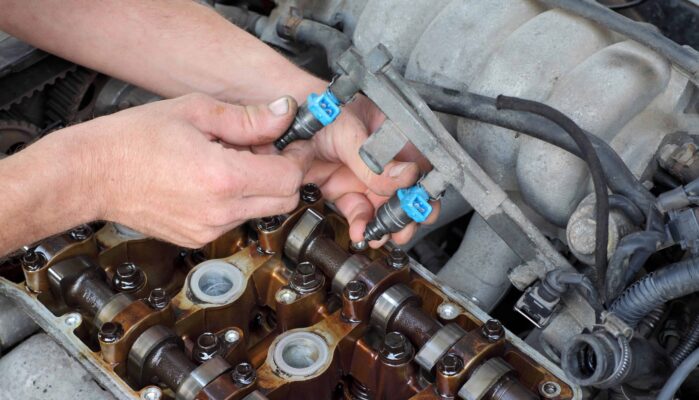
![How To Change A Flat Tire [A Detailed Guide]](https://carorbis.com/wp-content/uploads/2021/09/How-to-Change-a-Flat-Tyre-Know-About-Run-Flat-Tyres.png)

